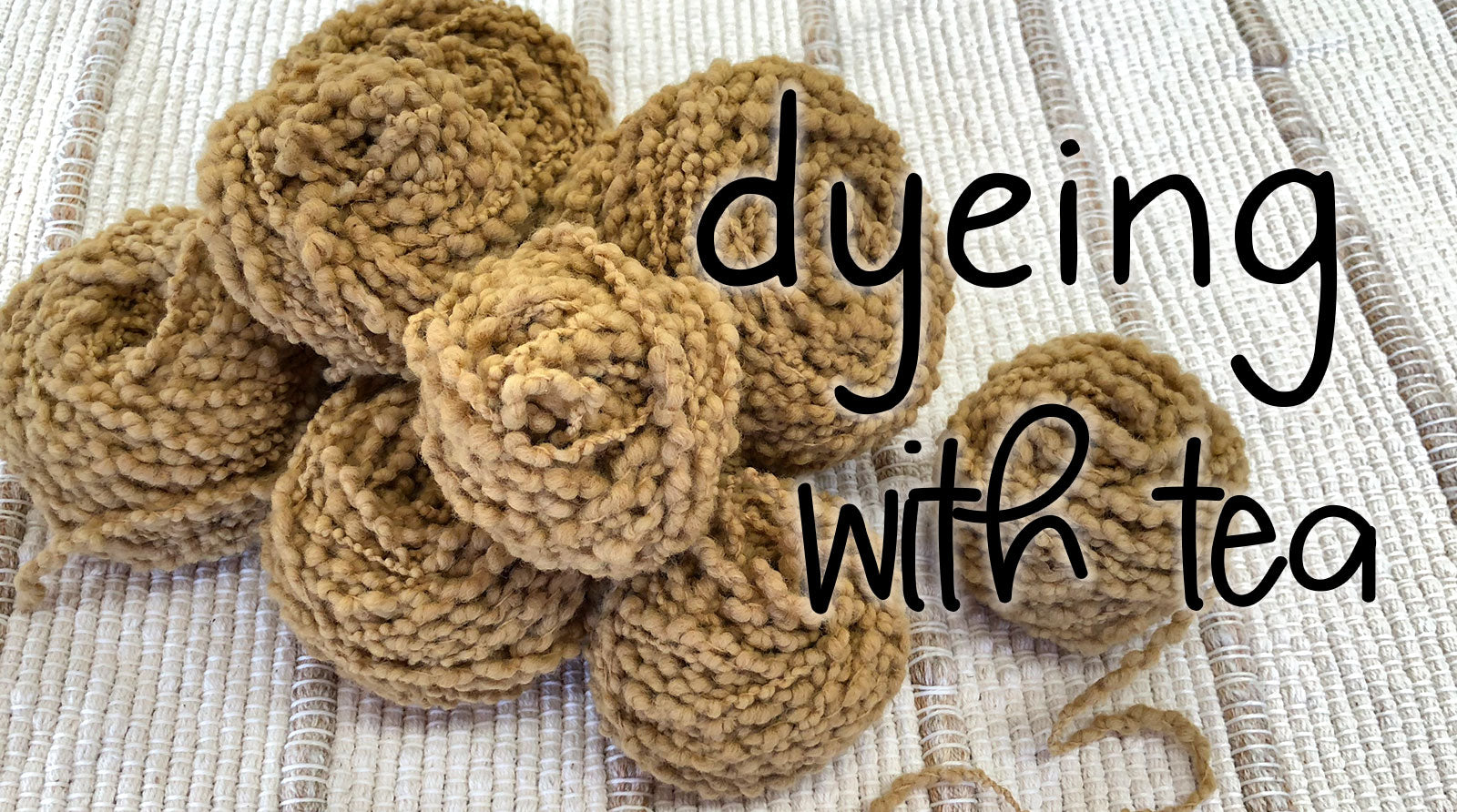I eat lots of avocados and save the pits in the freezer, waiting for a project worthy of them. My daughter wanted to dye her thrift-store sweater, so I figured it was a good time to give avocado dyeing a try.
We're having fun here!
I've done lots of dyeing, and used to be fastidious in my record keeping, but now I just go with the flow and don't use a recipe - pretty much the same way I cook, and I think cooking is fun.
But some procedures need to be followed, just like with cooking!
Here's the basic dyeing process:
- Gather dyestuff -what you're going to use for the dye.
- Scour the fabric or yarn you're going to dye - simmering in soap and water.
- Simmer the dyestuff with water.
- Add the mordant to the dyepot- an agent that will help fix the dye to the fibers.
- Add the fabric or yarn to the dyepot.
- Simmer some more.
- Let the dyepot cool and rinse the yarn or fabric.
Some of these steps can be adjusted to what you feel like doing.
-
Gather dyestuff -what you're going to use for the dye.
My first step was to take the avocados out of the freezer - no jaunting outdoors for this dyeing project.
-
Scour the fabric or yarn you're going to dye
I decided to add some wool and a bit of silk to see what would happen.
The sweater and silk had been washed, and the yarn was pre-scoured, so I didn't need to simmer them in soapy water. I just soaked them in the sink.
It's good to soak what you're going to dye to ensure that it will take the color evenly.

-
Simmer the dyestuff with water.
Always use pots and utensils that are dedicated to dyeing.
Even if the ingredients are non-toxic, it's a good habit to keep them separate from your cooking equipment. I use enamel pots, but stainless steel works well too. Enamel and stainless steel don't affect the dye color.
The pits were already cleaned, so I just added water to the pot.
I've seen people dye with the skins as well, but I didn't feel like washing the avocado skins. The pits are easy, not the skins!

The pits were simmered for about an hour, while the sweater, yarn, and fabric soaked.

-
Add the mordant to the dyepot.
Some dyers add the mordant to the fabric or yarn before dyeing and that works, too. I like to add it to the dyebath right before I add the fabric or yarn.
I like to use alum as the mordant because it's used for cooking and pickling. It's easy to find, safe, and non-toxic.
Since this was a spur-of-the moment project, we just used the alum we had on hand - luckily it was a full can.
If you want to be more precise, use 1- 1/2 tablespoons of alum for every four ounces of dry fabric or wool.
I ordered some in bulk for the future so I won't waste money next time.

-
Add the fabric or yarn to the dyepot.
One of the reasons we soak the things we are going to dye is to ensure that the color is absorbed evenly. If the fabric is wet it's more likely to take the dye evenly.


-
Simmer some more.
Gentle stirring is important, you don't want to felt up the wool.
The pot simmered for a couple of hours, then we let it set overnight.

-
Let the dyepot cool and rinse the yarn or fabric.
Everything was rinsed with water, no soap.
Time will tell how fugitive the color is - with natural dyes, even if they fade they are lovely.

I made a quick video for YouTube, click here to watch.






